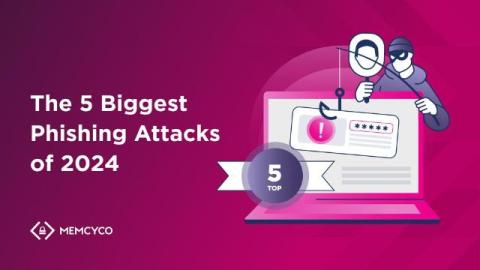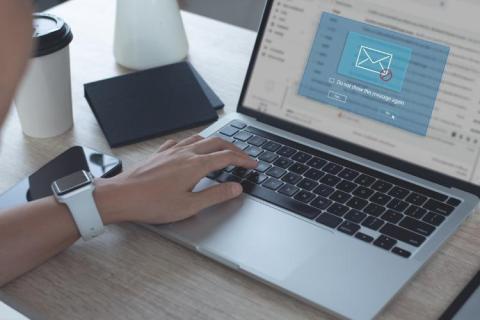The 5 Biggest Phishing Attacks of 2024
Phishing attacks are a huge threat. They prey on human trust and manage to trick even the most tech-savvy users. A successful attack on a company’s customers can weaken it financially, create compliance issues, and cause long-lasting reputational damage. Scammers have stolen over $1 trillion globally in just the past year – a staggering figure that rivals the GDP of some nations.







